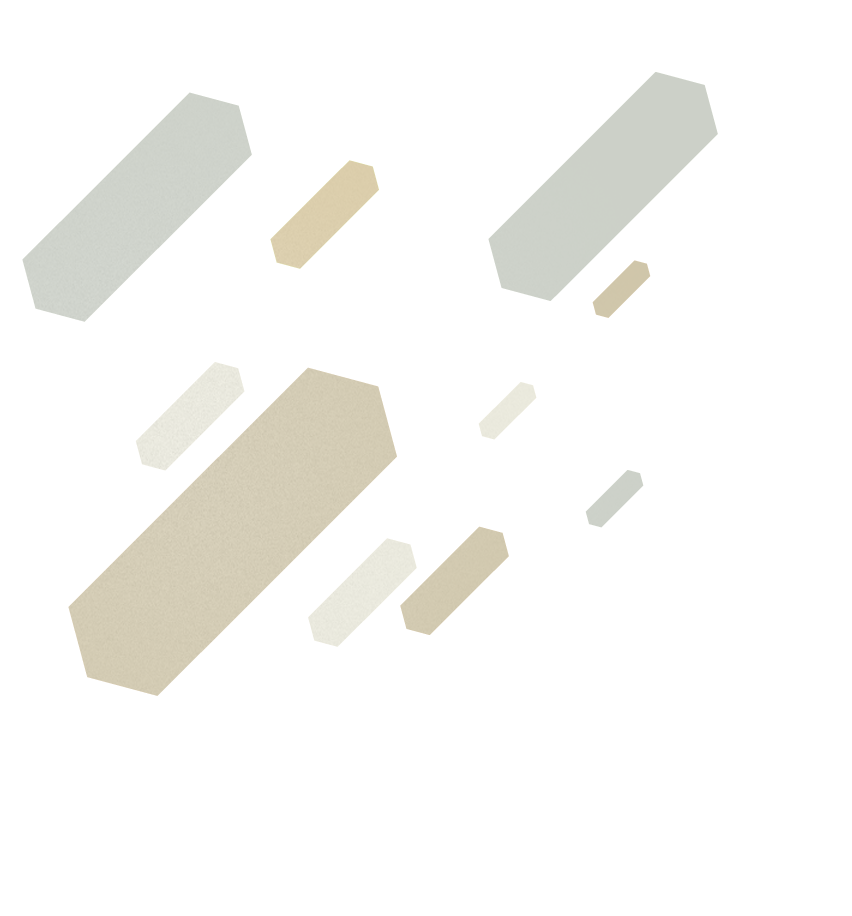


The work is dedicated to Ernest Bour, a French conductor, who premiered it in Darmstadt on 22nd July 1964. The title – referring to a specific painting technique (wall painting) – encourages the listener to look for fine arts inspirations in Serocki’s work. However, the composer himself said it had “nothing to do with painting or sculpture”. On the other hand, he did indicate that musical structures were arranged in it in a “fresco-like manner”, i.e. he pointed to a specific technical inspiration. Given the meaning of the word “fresco”, which in some languages also denotes freshness and novelty, the work is sometimes interpreted – as Ireneusz Kaczorek suggests in The aesthetic and artistic value of Kazimierz Serocki’s Symphonic Frescoes – as a desire to communicate a new creative tendency to the listener.
Symphonic Frescoes are divided in the score into three main parts, but, in fact, the work consists of four parts performed without a break. The four-part form of the work was also indicated by Serocki himself (the third and the fourth parts are joined attacca), emphasising at the same time that each of them had a different “musical character”. He also noted that he used in this work the “chromatic completion technique” and that he expanded the scope of “sonic elements”, partially used already in Segmenti.
The orchestra used in Frescoes is huge. In addition to many woodwind instruments, it includes six horns, four trumpets and four trombones, one tuba, two harps, celesta, glockenspiel as well as mandolin, guitar, over sixty percussion instruments and – of course – strings.
An interesting analogy between the wall painting technique (al fresco) and the composition of a musical work is presented by Ireneusz Kaczorek. In his view, it applies to the following stages:
– creating the draft of the work, a general outline of the whole and the various sound structures;
– drawing the contour, i.e. outlining sound “planes” and “bundles”;
– mixing the colours, i.e. successively and simultaneously putting them together;
– applying successive layers of paint, i.e. developing structures and making complex arrangements out of them.
The role of the sketch is played by the work’s first section, which provides the basis for all sound ideas of the entire piece. In the remaining sections, these ideas are juxtaposed, transformed and developed in a variety of ways. Many of these operations can be interpreted in close connection with painting techniques, e.g. applying strokes (sound bundles) and separating them by means of various sound planes or creating a chiaroscuro effect from a sequence of two kinds of sounds. The last and longest section of the work, as per the painting analogy, the fresco proper – giving the final artistic shape to the sound combinations displayed earlier. This shape proved to be a success not only with the audience but also with the critics – it won Serocki the 3rd Prize at the UNESCO International Rostrum of Composers in Paris in 1965.
Iwona Lindstedt, www.serocki.polmic.pl




